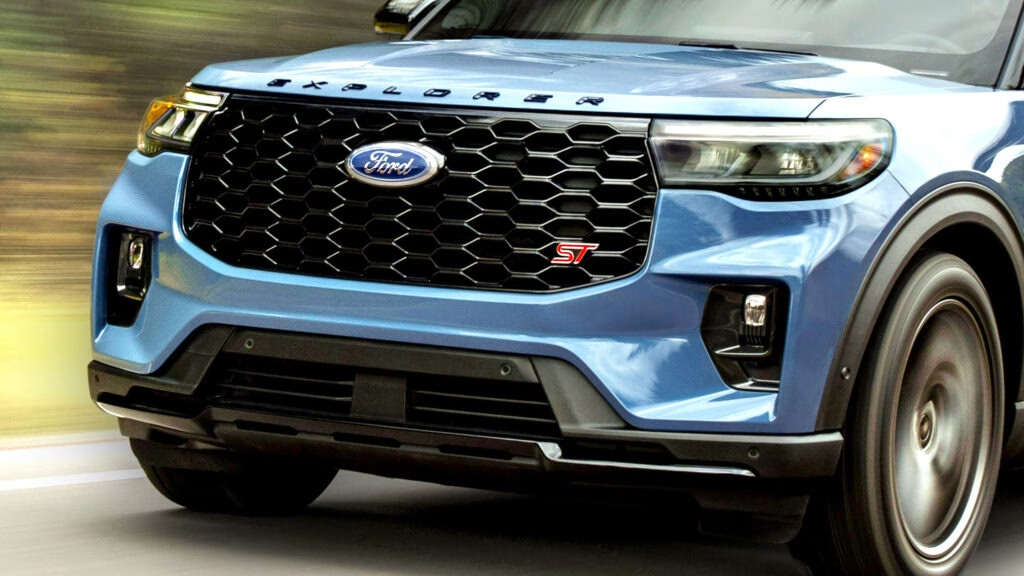Major Automakers See Sales Surge Amid Consumer Concerns
In recent months, the automotive market has experienced a notable uptick in sales, with major players like Ford, Hyundai, Kia, Mazda, and Honda all reporting impressive increases. Ford, for instance, sold over 207,000 vehicles in April alone, marking a robust 16.3% rise compared to the same month last year. This surge isn’t just a fluke; it reflects a broader trend where consumers are acting quickly in response to fears surrounding rising car prices, largely influenced by recent tariff policies.
Why Are Consumers Buying Now?
American consumers are feeling the heat. With concerns that new car prices are on the brink of climbing due to tariffs, many are rushing to secure their purchases before the anticipated price hikes take effect. This panic buying has led to a significant spike in new car sales across the country. In fact, several automakers have reported double-digit growth in sales, indicating a strong demand that might not last indefinitely.
Subaru, for example, celebrated its 33rd consecutive month of sales growth, although its increase of just 0.3% compared to April 2024 raises questions about sustainability. Meanwhile, Honda’s sales soared by 18.1%, and Hyundai-Kia also saw a healthy 16.3% increase. Mazda outpaced many competitors with a remarkable 21% rise in sales, shifting nearly 38,000 vehicles.
What’s Driving This Sales Boom?
The current sales boom can be attributed to a mix of consumer urgency and strategic pricing from manufacturers. Cox Automotive’s chief economist, Jonathan Smoke, highlights that the fear of rising prices has prompted consumers to act. “Consumers are trying to secure their purchases before prices climb further,” he noted. Many automakers have responded by committing to keep prices steady through May and into June, creating a window of opportunity for buyers.
However, Smoke warns that this surge may not be sustainable. He suggests that the market has likely hit a ceiling, with tight supply and higher prices limiting future sales. Unlike the buying frenzy of 2021, today’s consumers are more cautious, indicating a shift in purchasing behavior that could reshape the industry.
What Should Consumers Expect Moving Forward?
As we look ahead, the automotive landscape is poised for potential shifts. While the current sales figures are encouraging, the underlying concerns about pricing and supply chain issues remain. If the tariffs continue to impact manufacturing costs, consumers might find themselves facing higher prices sooner than expected.
For those considering a new vehicle, now might be the time to act. However, it’s essential to remain informed about market trends and pricing strategies. The automotive industry is in a state of flux, and understanding these dynamics can help consumers make smarter purchasing decisions.
The big takeaway? The current surge in car sales isn’t just about a temporary spike—it’s a reflection of consumer anxiety and strategic responses from manufacturers. If you’re in the market for a new vehicle, consider making your move sooner rather than later, but stay informed to navigate this evolving landscape effectively.

